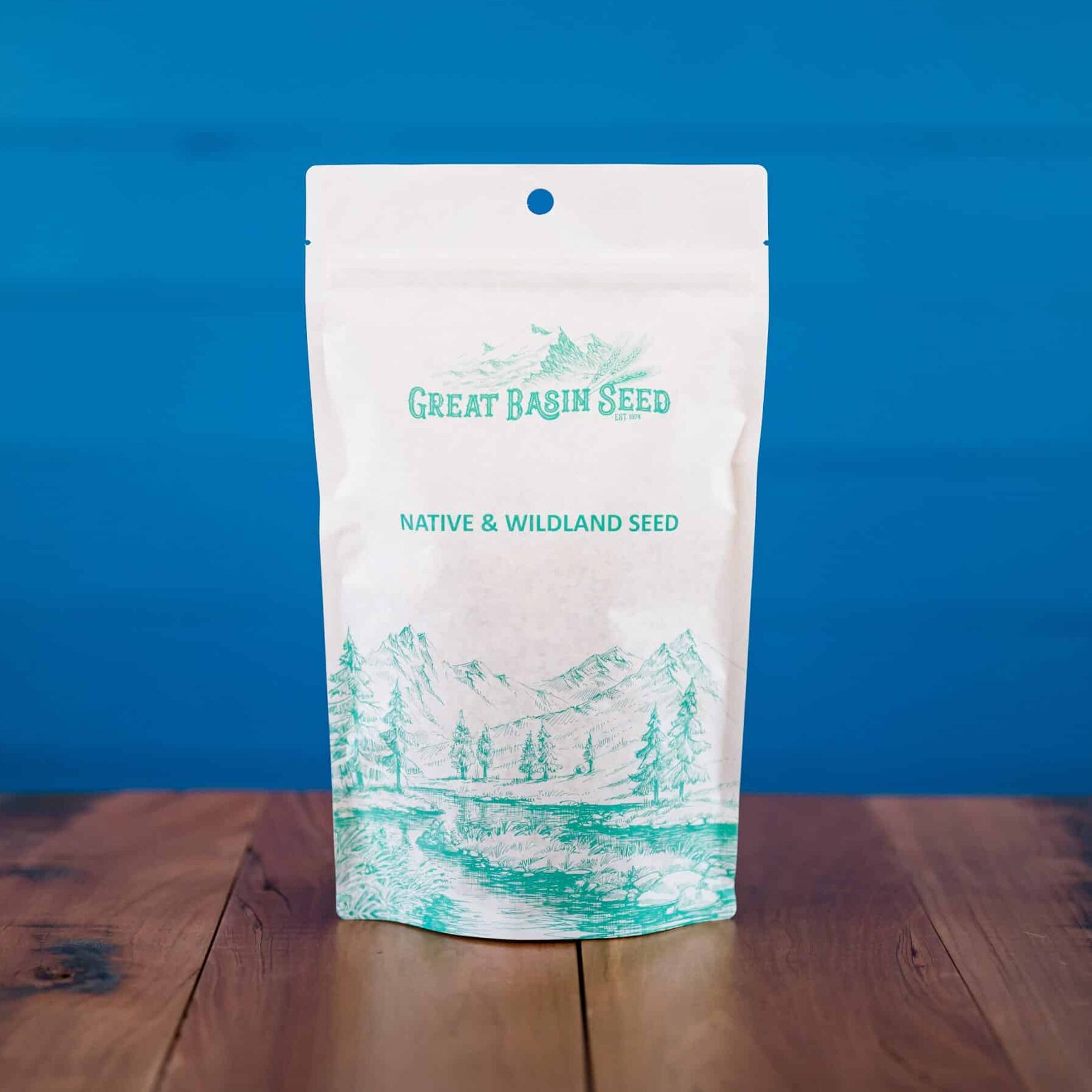Clasping Coneflower (Dracopis amplexicaulis) is a native, late-season, herbaceous annual in the Aster Family. It is prominently taprooted and grows upright from a woody base to a height of 12 to 36 inches. The numerous leaves are deeply pinnately-lobed into linear or lance-shaped segments along alternately branched stems. Showy yellow ray flowers droop and surround the columnar-shaped, brown, central disk. Occasionally, the ray flowers are reddish-brown in color. The flowers bloom from late June through August, with seed ripening completed from early August into September. The mature seedhead has a pleasant odor when crushed that is similar to anise or licorice. The fruit is a one-seeded, gray-black achene.
Clasping Coneflower is palatable and nutritious to all classes of domestic livestock when utilized in the early stages of plant growth and development. It is considered a desirable spring browse plant for big game animals, and the seed of prairie coneflower is preferred by several species of upland birds and small mammals. Clasping Coneflower is a medium- to tall-statured forb that may fill a structural cover niche for multiple species of upland game birds in a variety of plant community types. Prairie coneflower is commonly recommended as a component in native seedings to provide diversity, deter invasive species encroachment through resources competition by its extensive root system, and as an ornamental wildflower in low maintenance or natural landscapes. It attracts many different insects when flowering and is a mid- and late-season flowering species for pollinator habitat improvement plantings.
It is a drought-tolerant wildflower of the Great Plains commonly found from southcentral Canada to northern Mexico, and from Manitoba and Minnesota west to southeastern Idaho. It prefers to grow in the dry, open spaces of prairie grasslands and mountain foothills, and is found along roadsides, in waste and disturbed areas, and along railroad rights-of-way. Prairie coneflower does well on a variety of soil types, including loams and rocky to gravelly-sandy textures. It tolerates a pH range from slightly acidic to moderately alkaline and weakly saline conditions, in areas receiving 10 to 30 inches of annual precipitation. Prairie coneflower attains optimum growth in full sun and low to moderate levels of competition within a native plant community. It occurs at elevations ranging from 3,200 to 8,400 feet in Colorado, Montana, Utah, and Wyoming. This plant is a common component of such ecological sites as shallow, silty, shallow to gravel, and silty steep.
***Click on the “Quick Plant Facts” tab above for more information.***
Clasping Coneflower NRCS Plant Guide and Fact Sheet
Clasping Coneflower NRCS Plant Guide and Fact Sheet
PDF version of NRCS Plant Guide & Fact Sheet
Citation: Brakie, M. 2019. USDA-Natural Resources Conservation Service, East Texas Plant Materials Center. Nacogdoches, TX 75964.
Helpful Links
Additional information about this product can be found on the academic websites linked below.
Synonyms
Many plants have more than one common and scientific name. We've listed a few of them below.
- Clasping Coneflower
- Rudbeckia amplexicaulis Vahl
- Dracopis amplexicaulis
Who is Great Basin Seed?
Great Basin Seed is a seed company that specializes in seed sales and consultation for home, ranch, farm, range and reclamation. We have been a leader in the seed industry since 1974.
Our History
We've been in the seed business since 1974.
What We Offer
We offer seed for home, farm, ranch, range and reclamation projects.
Meet the Gang
We have the best employees in the world! We are proud of the work they do, and trust them to serve you!
Right: Company founder Lloyd and his wife Paula Stevens in a wildflower seed production field circa 1977
Quick Plant Facts
| Common Name: | Clasping Coneflower |
|---|---|
| Scientific Name: | |
| Lifespan: | |
| Origin: | |
| Plant Type: | |
| pH Tolerance: | |
| Seeds per Pound: | |
| Plant Height: | |
| Planting Rate: | |
| Min. Precipitation: | |
| Max Sowing Depth: | |
| Elevation of Occurance: | |
| Bloom: | May-August |
| Select a Package Size and Quantity | 1 oz. Envelope, 4 oz. Pouch (0.25 lbs.), 8 oz. Pouch (0.50 lbs.), 1 lb. (by the pound) |







